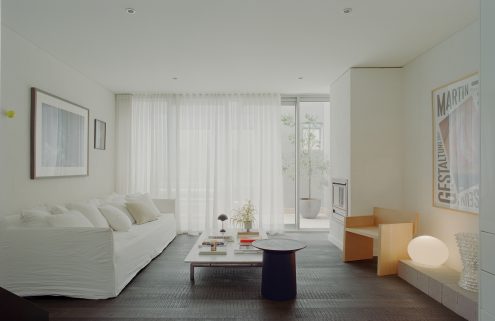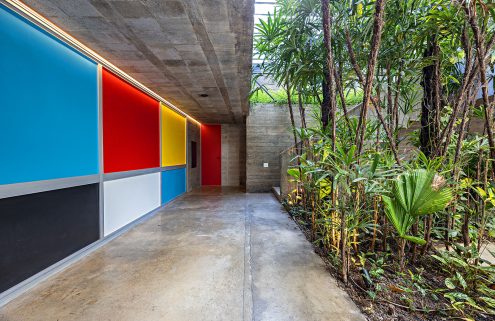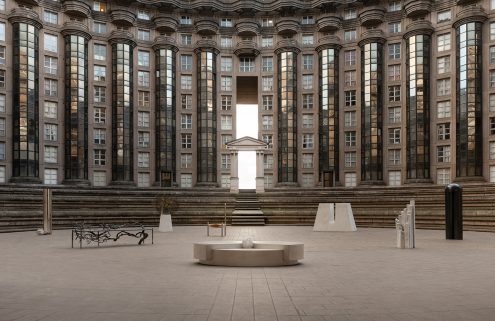Blue Crow has released a new architectural guide to Melbourne’s most iconic concrete landmarks. Map editor Glenn Harper calls the building material the ‘hero of the Melbourne metropolis, having been used by architects to breathe life back into its urban environment.
Here are seven standout 20th-century and contemporary Brutalist buildings in Melbourne.

Footscray Psychiatric Centre at Footscray Hospital
Designed in association with the Victorian Public Works Department
The structure of this 1970s building has a block-like pattern, with rows of projecting squares, narrow windows (not seen in this image) and columns on its façade. Impressive for its geometric patterns and hulking frame, it has been nominated for a heritage listing.
Photography: Clinton Weaver

Melbourne Teachers’ College Library (now Eastern Precinct Resource Centre, University of Melbourne)
By Egglestone, MacDonald & Secomb
Rough textured and with appearance of wooden planks, the concrete panels that make up the sides and flooring of the balconies of this late 1960s former library extend beyond the sides of the building, creating a cross pattern at its corners.
Photography: Clinton Weaver

Engineering Block at the University of Melbourne
By Civil & Civic
The timber slat-style relief on the sides of this 1973 building emphasises the receding levels of its ziggurat-like structure. The landings on the external staircase are supported by slim vertical walls, adding a sense of lightness and pleasing contrast with the heft of the concrete.
Photography: Clinton Weaver
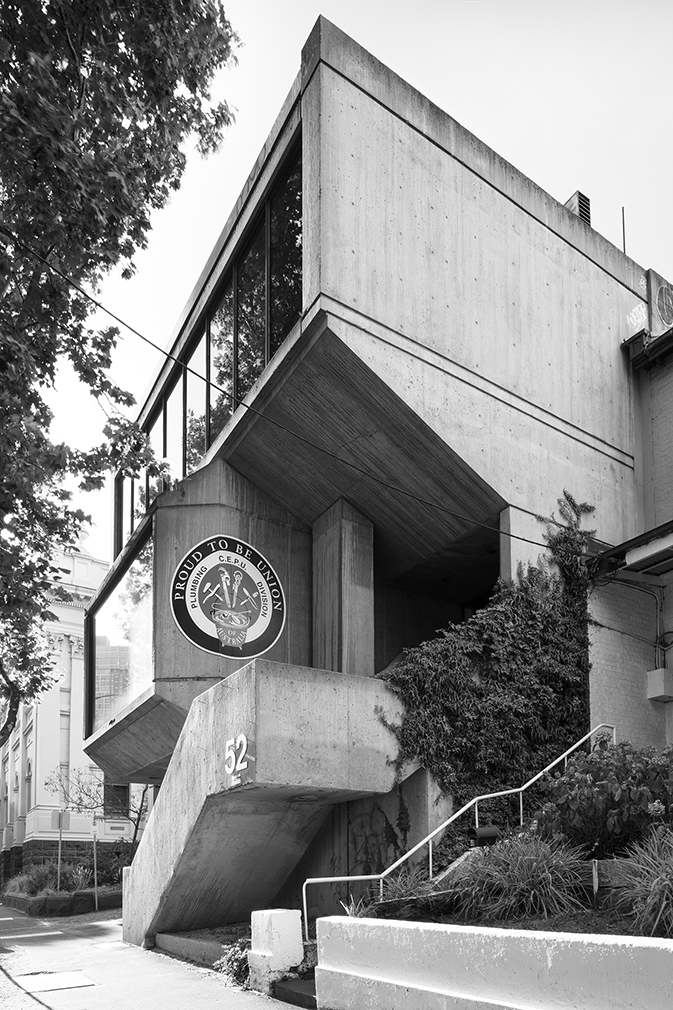
Plumbers and Gasfitters Employees’ Union Building
By Graeme Gunn
One of the earliest forms of Brutalism in Victoria, this 1969 building draws attention with its futurist front façade: it features two overhanging concrete boxes with glazed walls, which provide views of the street and a striking face for the building.
Photography: Clinton Weaver

Prahran Hotel Addition
By Techne Architects
Set into the 2013-built extension to the art deco Prahran Hotel is a series of precast concrete pipes, which, clad in glazing, look like ship portholes. Their timber-clad interiors provide seating areas for diners, and views into the hotel.
Photography: Clinton Weaver
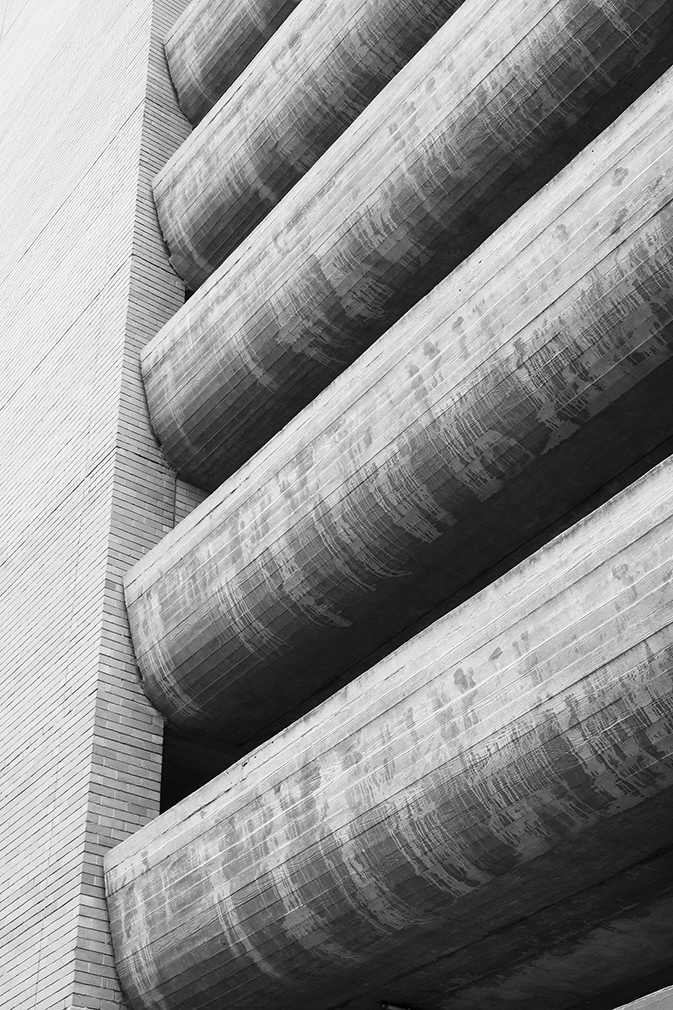
Royal Women’s Hospital car park
By Mockridge Stahle and Mitchell
The concrete floors of this 1972 multi-storey car park sweeps upwards to create its walls, appearing like the sides of wide wooden boats. The vertical rows of levels float above one another, with apparently minimal support, belying their colossal weight.
Photography: Clinton Weaver

Underground car park at the University of Melbourne
By master planner Bryce Mortlock, structural engineer JLvander Molenand landscape architect Rayment and Stones
The lateral space of this 1971 underground car park has been elevated aesthetically and structurally by its barrel-vaulted ceiling. Curved columns support the ceiling, forming wide spaces framed by arches, which, along with the unadorned concrete surfaces, give it a monastic feel.
Photography: Clinton Weaver
Read next: 5 of the best Greek island villas to rent this summer
